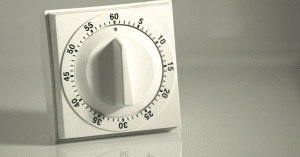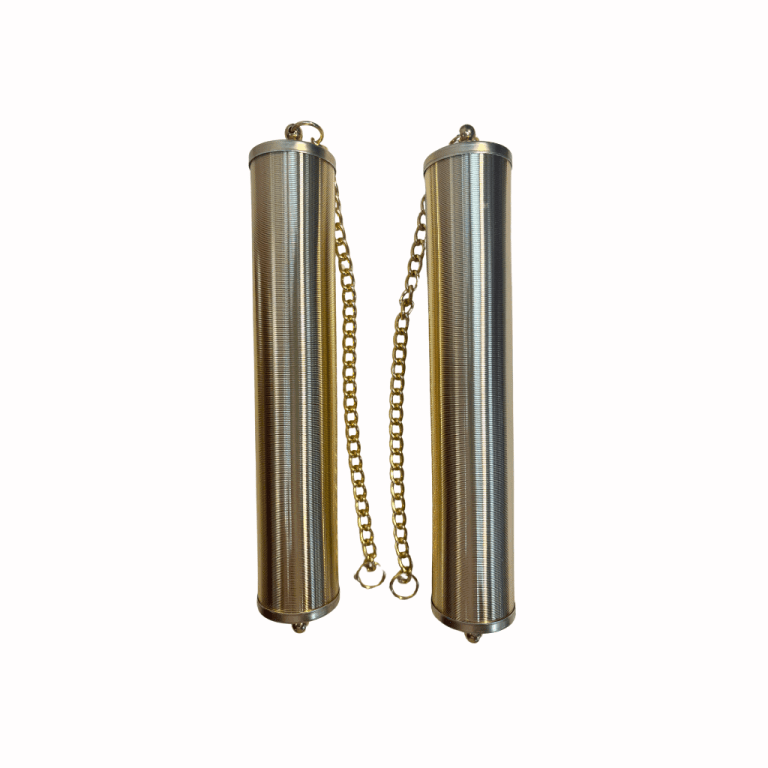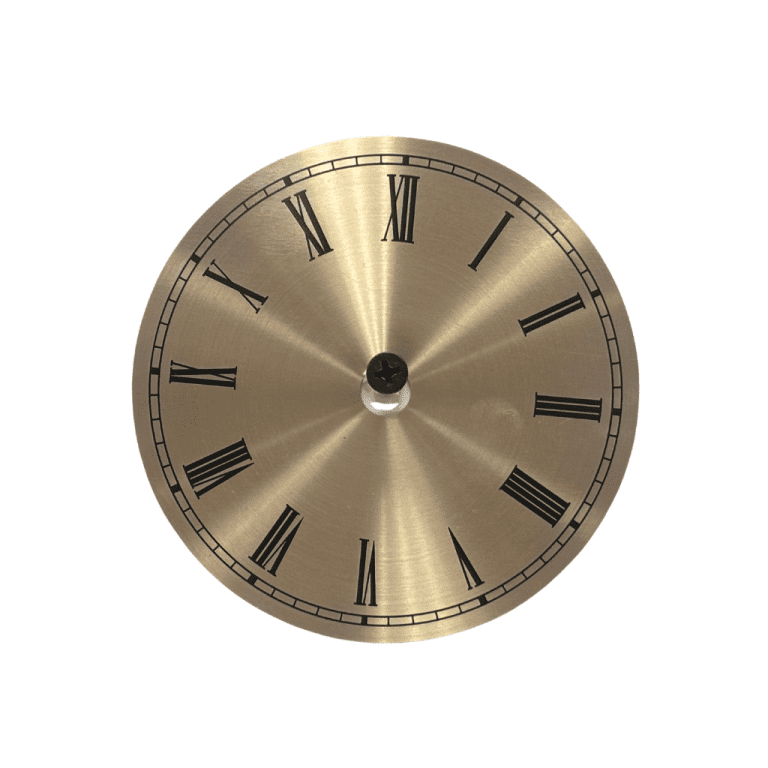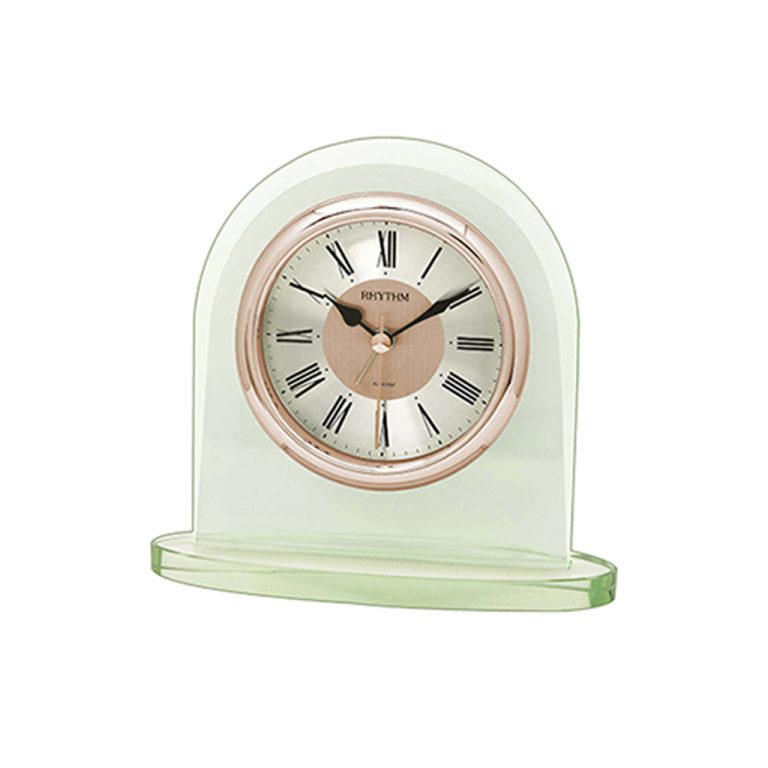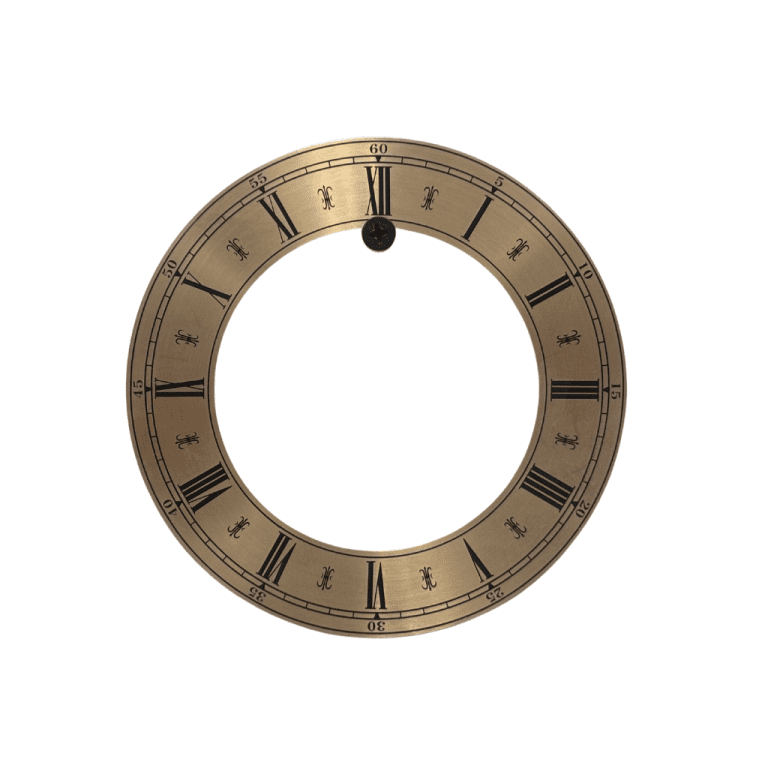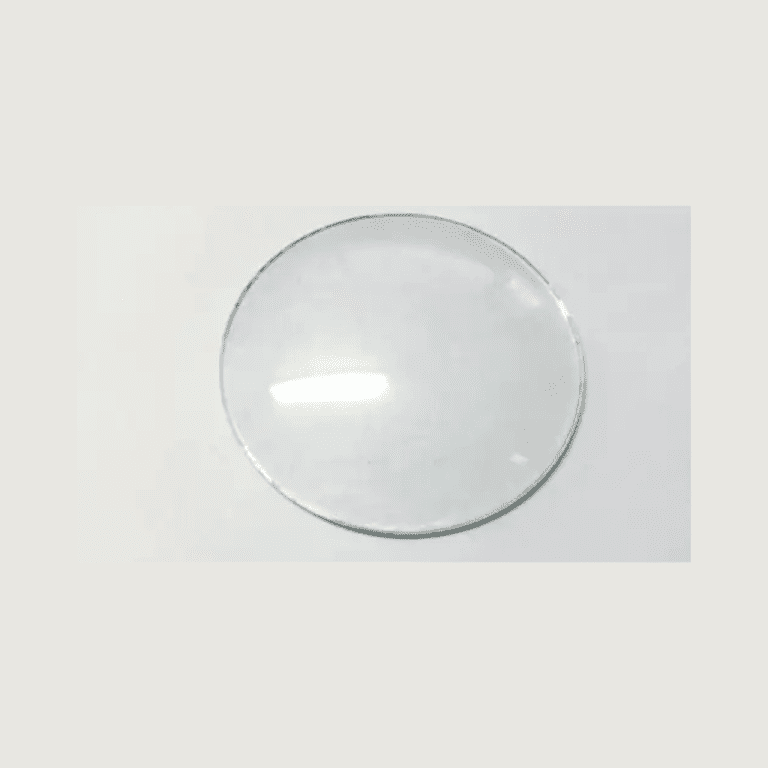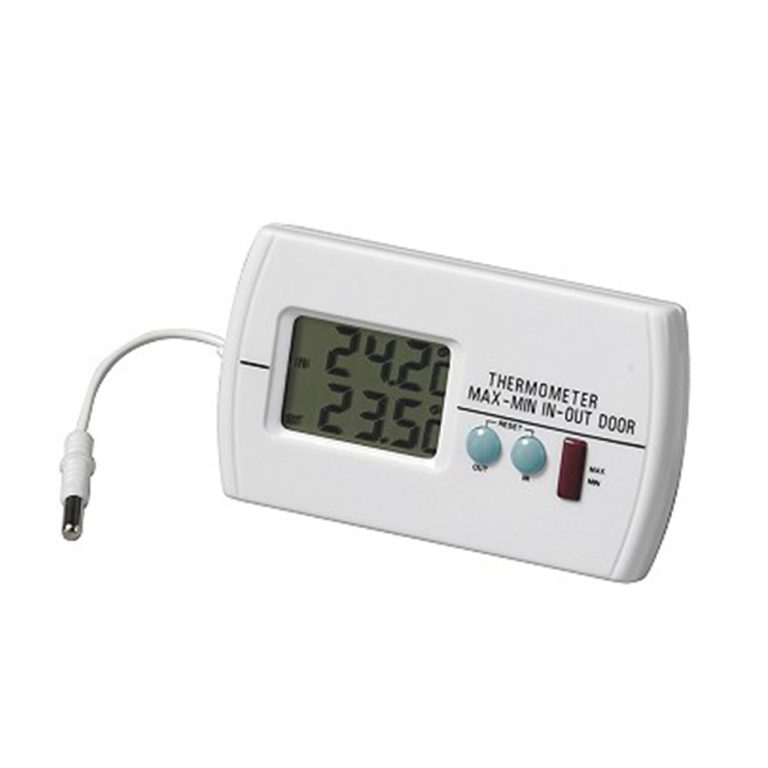In a world dominated by digital displays and smartwatches, there’s something undeniably captivating about the intricate mechanics and timeless elegance of a pocket watch. These “gentleman’s timepieces” harken back to an era when life moved at a slower pace, and craftsmanship was king. But what happens when your cherished heirloom starts to lose its tick? Or you’ve stumbled upon a vintage pocket watch at a flea market, its potential obscured by years of neglect. That’s where the magic of pocket watch repair comes in.
Whether you’re a seasoned horologist or a curious beginner, this ultimate guide will equip you with the knowledge and confidence to embark on your pocket watch repair journey with confidence.
The History and Allure of Pocket Watches
The pocket watch, a marvel of miniaturisation and precision, emerged during the vibrant intellectual and artistic ferment of the Renaissance (14th-17th centuries). Although German watchmaker Peter Henlein was once hailed as its inventor, modern scholarship suggests a more collaborative origin. Rather than a single Eureka moment, the pocket watch likely evolved through the combined efforts of numerous skilled clockmakers across Europe, each contributing to the solution of creating a portable timekeeping device.
Often referred to as “the gentleman’s timepiece” (and thankfully not “the invention without an inventor”), Pocket watches have a rich history spanning centuries, showcasing their deep-rooted cultural significance.
Initially, these portable timepieces were a luxury only affordable by the wealthy elite, serving as a symbol of their status and prosperity. Crafted from precious metals and adorned with intricate engravings, they were as much a fashion statement as they were a practical tool.
As technology evolved and production methods became more efficient, pocket watches gradually became available to a broader audience. They played a vital role in the Industrial Revolution, helping to ensure punctuality and efficiency in a world that was rapidly transforming. Railway workers, factory hands, and business folks alike relied on their trusty pocket watches to keep their schedules on track and maintain order, making them an integral part of history.
But pocket watches held a more profound meaning beyond their practical use. They were often passed down through families, becoming treasured heirlooms steeped in personal history and sentiment. The simple act of winding a pocket watch, feeling its weight in your palm, and hearing its steady ticking created a tangible connection to the past.
Even in today’s fast-paced digital world, pocket watches have retained their charm. They evoke a sense of nostalgia, taking us back to a simpler time when life moved at a slower pace. They’re a tangible link to our ancestors, offering a glimpse into their lives and the things they held dear.
Is it worth repairing an old pocket watch?
The decision to repair a pocket watch often hinges on a delicate balance between sentimental and monetary value, the extent of its condition, and the anticipated repair cost. For many, the sentimental value of a family heirloom passed down through generations far outweighs any monetary considerations, making the pursuit of a skilled pocket watch repairer a priority.
The condition of the pocket watch and the extent of any damage are crucial factors to consider. Minor issues like having your pocket watch’s glass replaced or a loose hand reattached are often quick and easy fixes, while significant movement overhauls due to water damage can be more costly.
It’s crucial to highlight the importance of replacing any worn or damaged parts in your pocket watch with genuine replacements. Sourcing these for vintage models can be quite a challenge as original parts are often discontinued. Consequently, watch repair shops depend heavily on their network within the specialised watchmaking community to track down these elusive components.
You should also consider the value of your pocket watch before and after the repair. Prestigious brands such as Patek Philippe, Bulova Sutton, and Breguet’s, along with rare or collectable models, typically retain or even increase in value after restoration, making the repair investment worthwhile for both sentimental and financial reasons.
Pocket Watch Care Tips
Follow these essential pocket watch care tips to help you safeguard your investment and preserve your timepiece.
Keep Your Pocket Watch Attached to a Chain
Avoid accidentally dropping your watch by making sure the chain is securely attached to your buttonhole or trousers. The chain acts as a safety net, ensuring that even if your pocket watch slips out unexpectedly, it won’t plummet to the ground.
Cleaning your Pocket Watch
Clean the exterior of the pocket watch using a microfiber cloth. Avoid using cleaners or water as they can cause damage to the surface and internal components.
The Daily Wind
Mechanical pocket watches rely on a wound mainspring for power, and it’s essential to maintain a consistent energy source for optimal performance. Therefore, make it a habit to wind your mechanical pocket watch daily. However, exercise caution and avoid overwinding. Overwinding can strain the delicate internal mechanisms, leading to potential damage and costly repairs. Pay attention to the resistance felt while winding; once you feel a slight increase in tension, stop winding to avoid overstressing the mainspring.
Dial Facing Inwards
When carrying an open-face pocket watch, ensure the dial faces inwards towards your body. This simple precaution safeguards the delicate crystal from scratches and bumps while nestled in your pocket.
Carrying Your Pocket Watch
Never store your pocket watch in the same pocket as keys or coins. These items can easily scratch or dent the delicate surface of your timepiece.
Perfumes and Chemicals
Chemicals found in perfumes and deodorants can tarnish or damage the casing of your pocket watch. As a precaution, apply these products before handling your timepiece, ensuring they have ample time to dry and dissipate.
Opening the Cover
Pocket watches equipped with covers demand gentle handling. Never force the cover open or attempt to extend it beyond its natural range of motion. Doing so can strain or damage the delicate hinge and spring mechanisms, potentially leading to improper closure and compromising the watch’s protection.
Credited to : https://www.amjwatchservices.co.uk/




